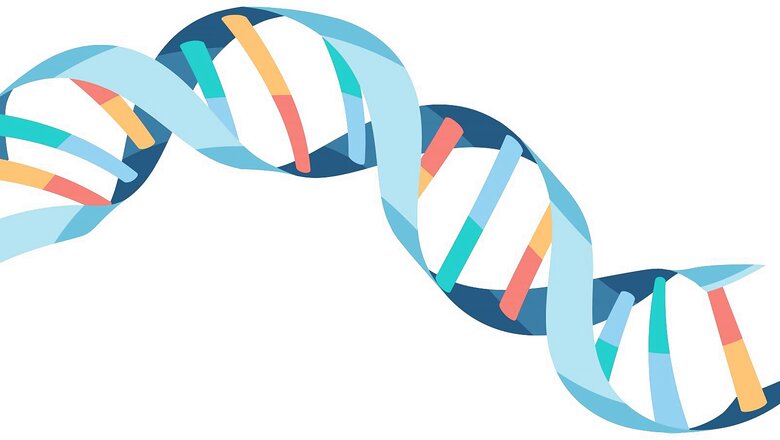
views
Genome sequencing has gained a significant amount of media attention in recent years. As the cost of sequencing an entire genome has decreased dramatically, the technology has become more accessible. Genome sequencing has many applications, including in medical services, forensic science, and conservation biology. It has already led to numerous discoveries in fields like cancer and infectious disease research, as well as agriculture. Here’s an explainer on what genome sequencing actually is.
Living organisms are comprised of cells, a fundamental building block of life. Each cell contains thousands of genes, which in turn each contain a complex chemical called DNA. DNA itself is composed of four components – adenine (A), thymine (T), cytosine (C) and guanine (G). These are arranged in a specific sequence, which is akin to a genetic code. This code holds the key to instructing every cell in the body, dictating when and how each should function.
Genome sequencing is the process of determining the complete DNA sequence of an organism’s entire genetic material. It allows scientists to read the order of the individual components (A,T, C, and G) that make up the DNA.
There are several methods used for genome sequencing, but most involve cutting the genome into small fragments, sequencing each fragment, and then using computational algorithms to assemble these into a complete genome sequence once again. This can provide valuable insights into an organism’s genetic makeup, including its susceptibility to certain diseases, evolutionary history, and potential for genetic variation.
It took researchers over a decade to map out the entire genome sequence of humans. The project, launched in 1990, was completed in 2003. The generation of the first human genome sequence provided essential information about the human blueprint. It not only enhanced the study of human biology but also improved the practice of medicine.
Challenges in the field still remain. While the entire mapped human genome is available, researchers still do not know how the genome varies from one individual or community to another. Understanding that is the key to finding out why some people are innately protected or vulnerable to certain sicknesses or predispositions. With greater development, the possibilities and consequences of human gene editing could also be revealed.
Read all the Latest Lifestyle News here




















Comments
0 comment